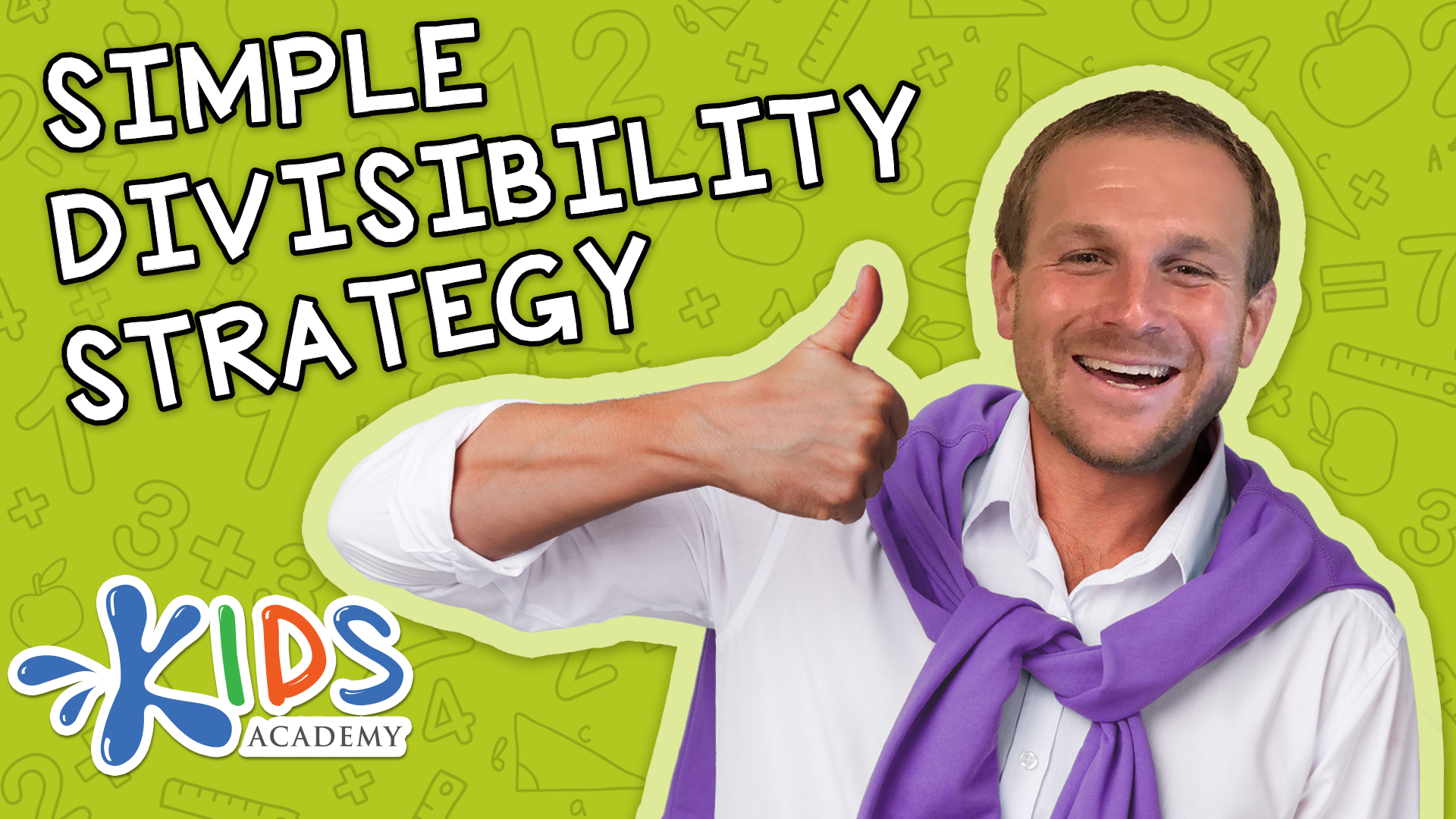Visual perception Normal Math Worksheets for Ages 7-8
5 filtered results
-
From - To
Discover our "Visual Perception Normal Math Worksheets for Ages 7-8," designed to enhance young learners' visual discrimination and spatial awareness. These engaging worksheets feature a variety of exercises like shape recognition, pattern matching, and diagram interpretation, ensuring a fun and interactive learning experience. Our thoughtfully crafted activities aim to strengthen critical math skills through visual perception, laying a solid foundation for future mathematical concepts. Perfect for classroom use or at-home practice, these worksheets will not only improve your child's math ability but also boost their confidence. Explore our collection today to support your child’s educational journey with appealing and effective resources!
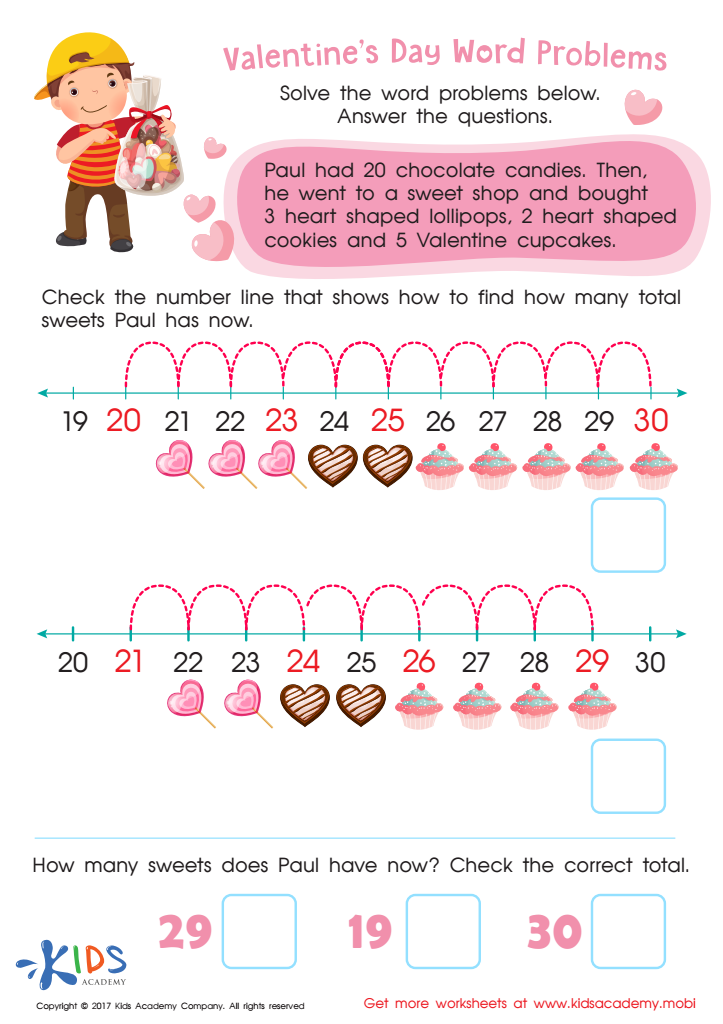

Valentines Day 2 Printable
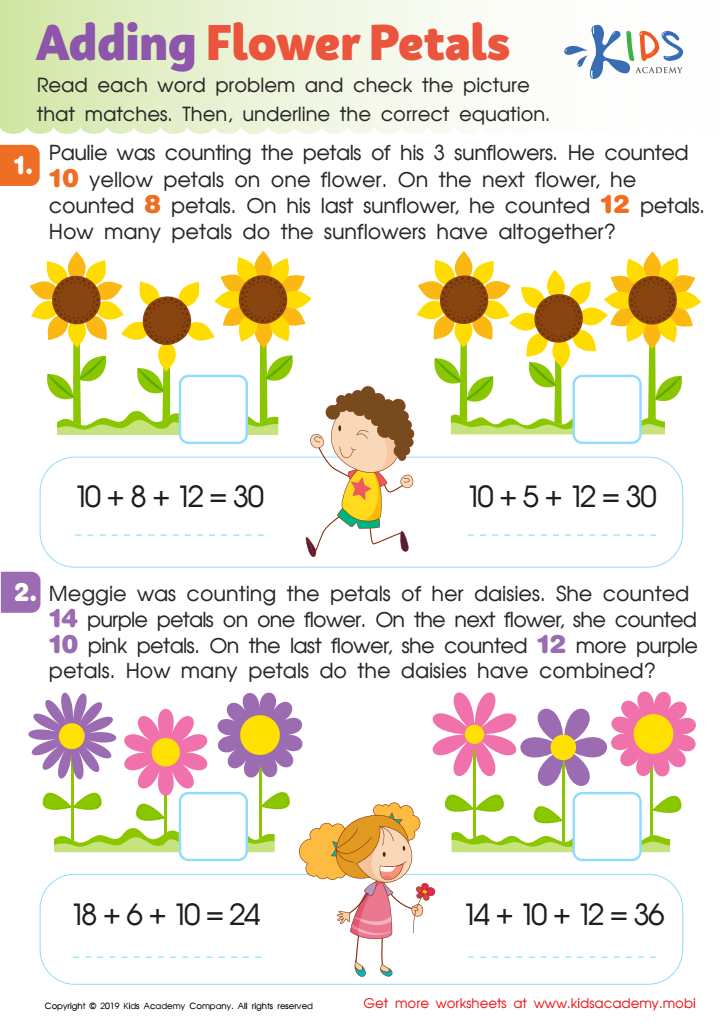

Adding Flower Petals Worksheet
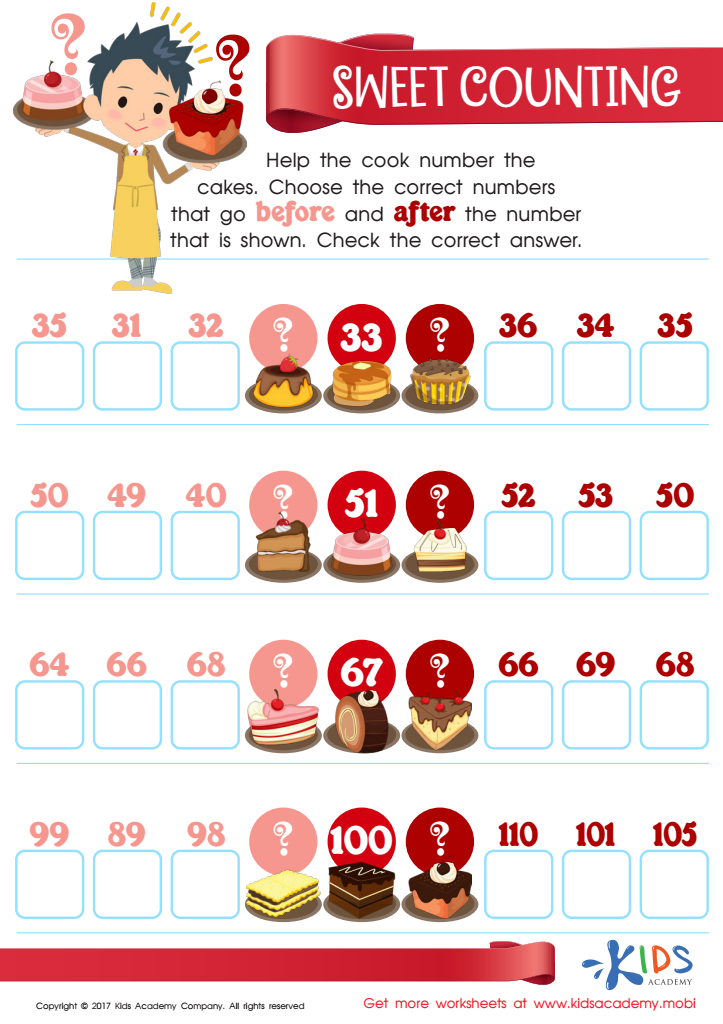

Sweet Counting - Part 1 Worksheet
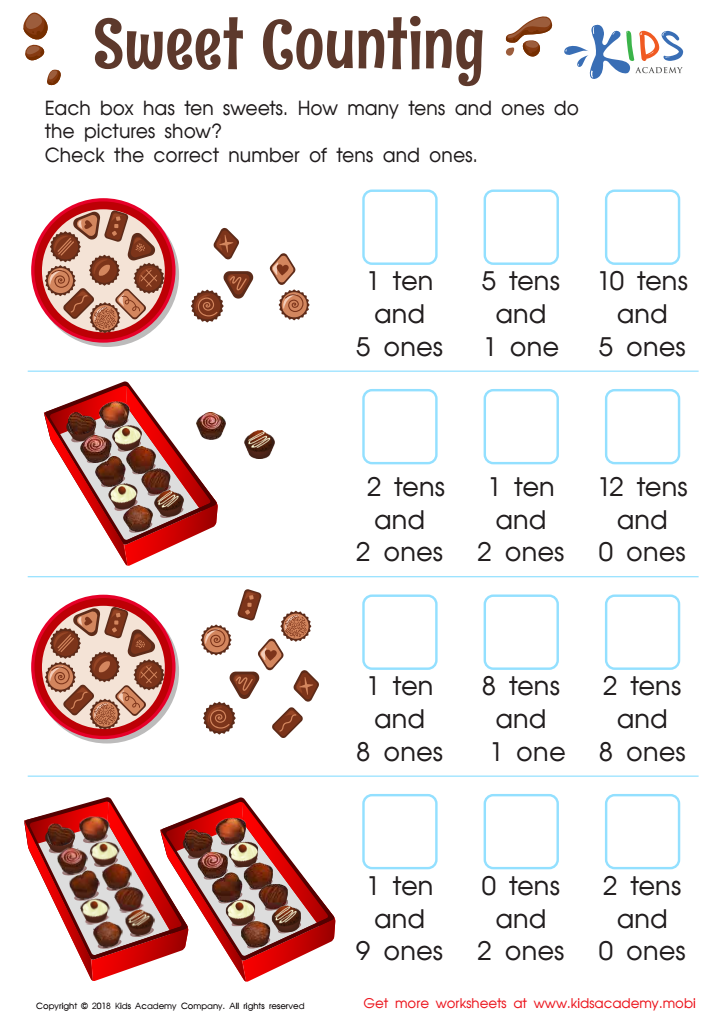

Sweet Counting - Part 2 Worksheet
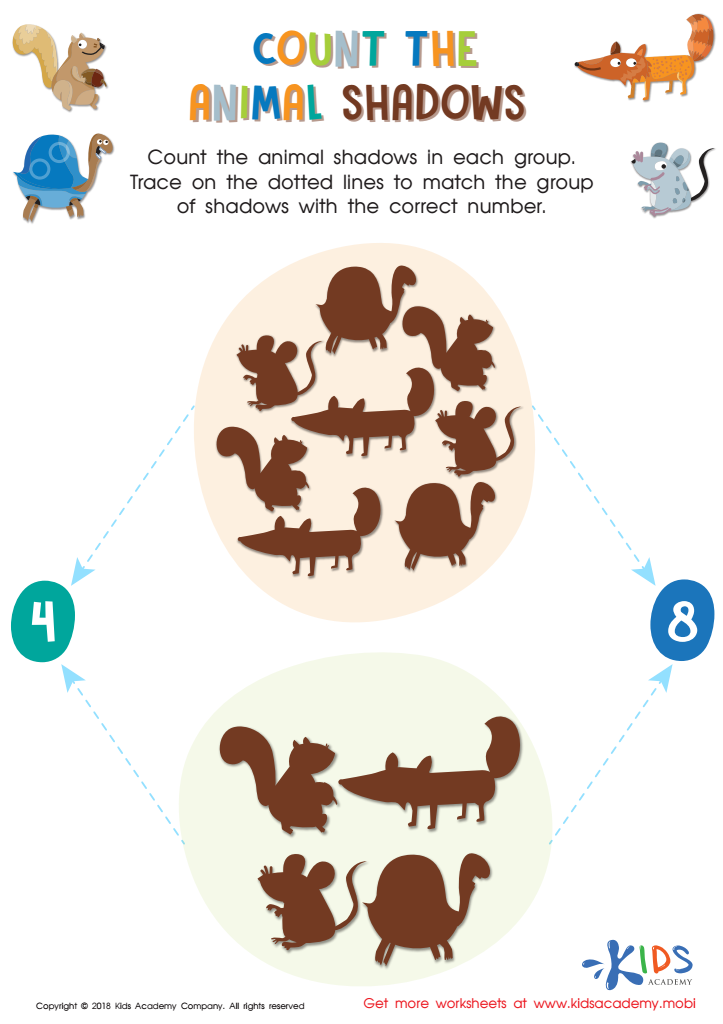

Count the Animal Shadows Worksheet
Parents and teachers should care about visual perception in math for ages 7-8 because this cognitive skill forms the foundation for a child's mathematical understanding and problem-solving abilities. Visual perception involves the ability to interpret and understand visual information, which is critical for grasping mathematical concepts such as numbers, shapes, patterns, and spatial relationships.
At this age, children are transitioning from basic arithmetic to more complex ideas like fractions, geometry, and critical thinking. Good visual perception helps them recognize patterns in numbers, analyze graphs, and identify geometric properties, ultimately enhancing their ability to reason mathematically.
Furthermore, children with strong visual perception skills are more adept at visualizing problems and solutions, which boosts their confidence and engagement in math. Supporting development in this area promotes creativity and helps address potential learning challenges early on, setting students up for long-term success in mathematics and beyond.
By fostering visual perception, parents and teachers not only enhance children's mathematical skills but also help them develop essential life skills such as organization, focus, and critical thinking, which are invaluable in future academic pursuits and everyday problem-solving.
 Assign to My Students
Assign to My Students










